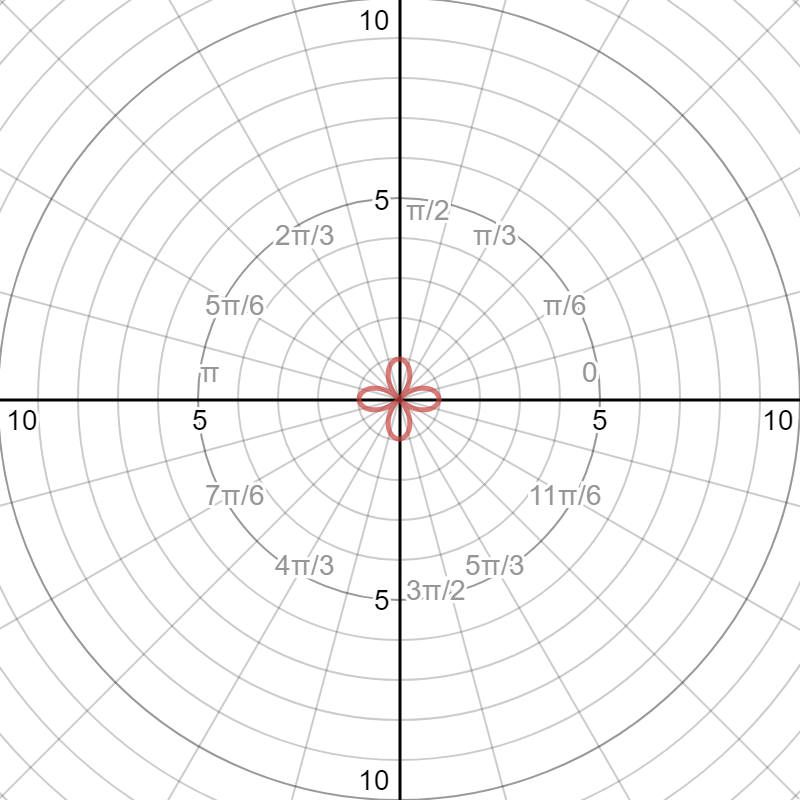Question #1aa2d
1 Answer
Apr 27, 2017
Explanation:
Here is the graph of the original equation

Use the identity
Substitute the
Here is the graph of that equation:
graph{sqrt(x^2+y^2)=x^2/(x^2+y^2)-y^2/(x^2+y^2) [-10, 10, -5, 5]}
It is only half of the loops
Square both sides:
Here is the graph of that equation:
graph{x^2+y^2=((x^2-y^2)/(x^2+y^2))^2 [-10, 10, -5, 5]}
This looks like the polar equation.
